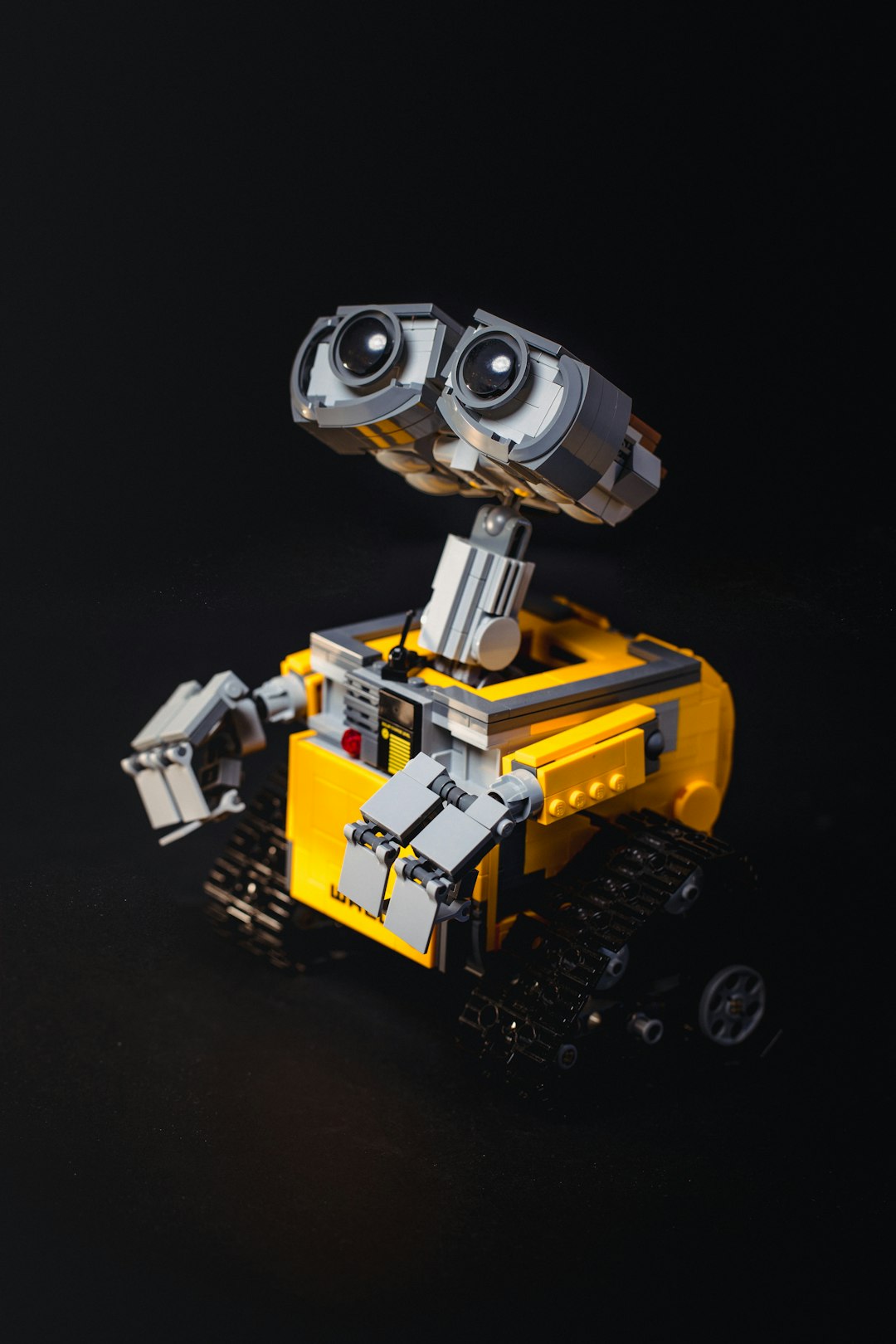
Robotics and physical AI are no longer distant prospects. According to Morgan Stanley analysts, their revenue impact is arriving sooner than expected. Recent discussions at NVIDIA’s Graphics Technology Conference (GTC) highlighted that investment in this field is accelerating and is now closely tied to the current business cycle.
A New Era for Robotics and Physical AI
Until recently, robotics and physical AI were viewed as long-term developments—ideas that might eventually influence stock valuations but were not expected to generate significant revenue in the near term. Morgan Stanley’s latest analysis, however, reveals a significant shift. Companies are now actively investing in AI models designed for the physical world. This evolution mirrors past industry cycles, such as the rapid rise of generative AI five years ago and early investments in autonomous driving nearly a decade ago.
“It’s our sense that a year ago, the robotics conversation was largely a conceptual framework for how things might be done. Now, companies are starting to spend money developing models for the physical domain,” Morgan Stanley explained. This increased focus suggests that the revenue benefits from robotics and physical AI will materialize much sooner than previously assumed.
Driving Factors Behind the Acceleration
Two key factors are pushing this change:
Active Investment: Companies are already channeling significant resources into robotics projects.
Integration with Next-Generation AI: Robotics and physical AI are becoming integral components of advanced AI models, enhancing overall performance and efficiency.
This dual momentum is transforming what was once a conceptual discussion into a practical, revenue-generating reality.
For investors looking to gauge the financial implications of these trends, the Ratios (TTM) endpoint offers valuable insights into key financial ratios. These ratios can help illustrate how investments in robotics and physical AI are affecting profit margins and operational efficiency across the sector.
Looking Ahead
As the robotics conversation shifts from theory to practice, the early investments being made today could soon translate into substantial revenue gains. The speed at which companies are integrating robotics with next-generation AI models hints at a transformative period in the industry.
Investors and industry watchers should keep a close eye on this evolving landscape. The acceleration in robotics and physical AI investments marks a critical juncture—one that may reshape market dynamics much sooner than anticipated.
